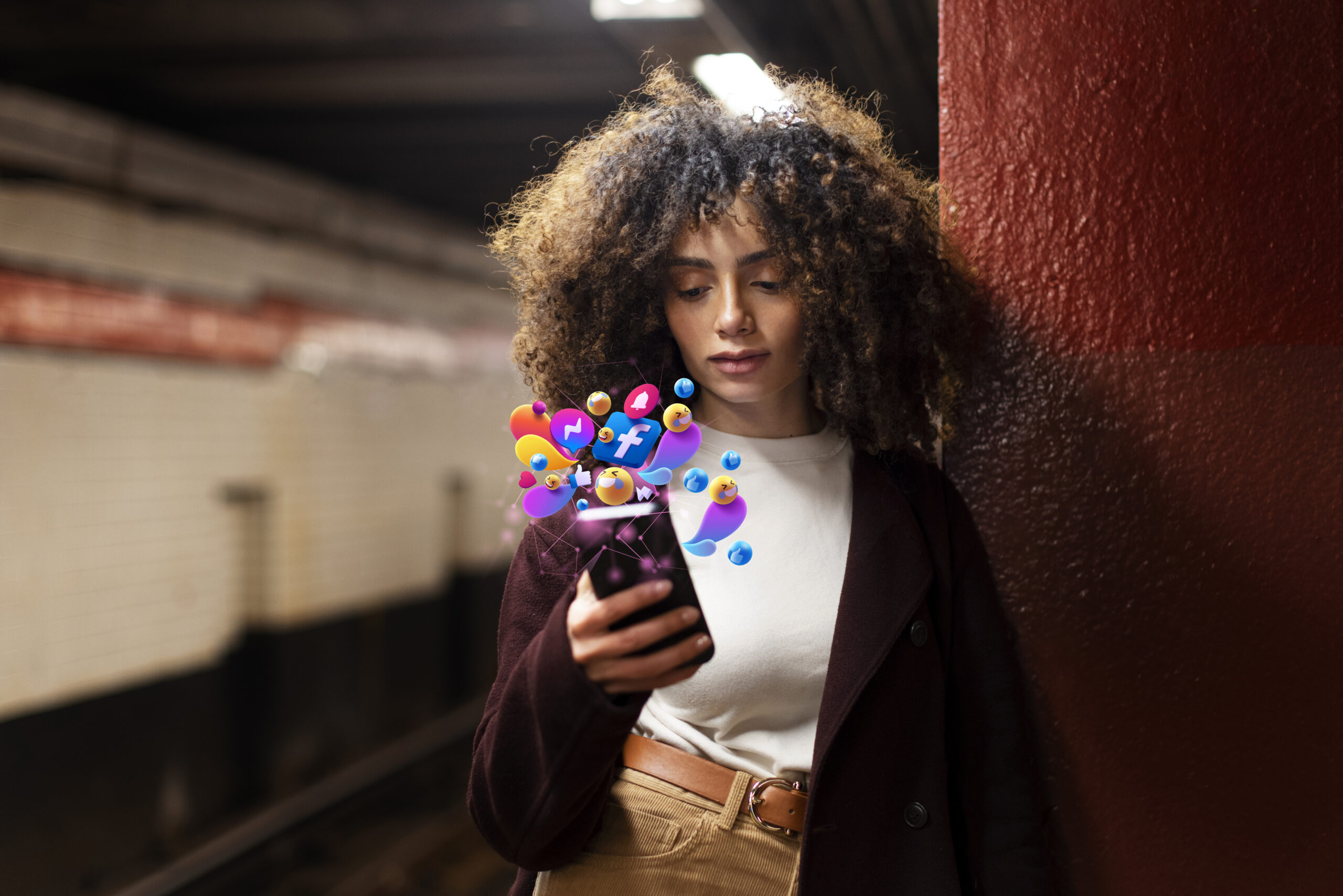In the digital age, social media strategies have become essential tools for brand growth, engagement, and visibility. Businesses of all sizes are leveraging social media platforms to connect with audiences, promote products, and foster brand loyalty. The most impactful campaigns often stem from well-planned social media strategies, and real-world case studies provide valuable insights into what works—and what doesn’t. In this article, we explore several successful social media campaigns and the lessons they offer to marketers and business owners.
The Power of Storytelling: Nike’s “You Can’t Stop Us” Campaign
One of the most widely praised social media strategies came from Nike’s “You Can’t Stop Us” campaign. This emotionally charged campaign used compelling visuals and a powerful narrative to unite people through sport during challenging times. The video featured seamless editing that juxtaposed athletes from different disciplines, showcasing diversity, resilience, and unity.
The campaign was shared across various social media platforms and quickly went viral. Nike’s ability to tell a story that resonated on a human level, combined with high production value, made this campaign a blueprint for emotionally driven branding. The lesson here is clear: emotional storytelling, when executed effectively, can generate massive engagement and reinforce brand identity.
User-Generated Content: Starbucks’ #RedCupContest
Starbucks successfully tapped into user-generated content (UGC) with their annual #RedCupContest. Encouraging customers to share photos of their holiday-themed red cups, the company transformed its audience into brand advocates. This interactive approach significantly boosted online engagement and created a sense of community.
The genius behind this campaign lies in its simplicity and scalability. Customers were not just buying coffee—they were participating in a larger social experience. Social media strategies that involve UGC not only increase visibility but also build trust and loyalty among audiences.
Real-Time Engagement: Wendy’s Twitter Roasts
Wendy’s took a bold approach to social media by engaging in humorous and often savage “roasts” of both competitors and customers. Their witty, edgy tone set them apart from typical brand communications, earning them a cult following on Twitter.
This campaign worked because it understood the platform’s culture. Twitter users crave quick wit and personality, and Wendy’s delivered. The takeaway? Brands that stay authentic and adapt their voice to suit specific platforms can create meaningful and memorable interactions.
Social Responsibility and Awareness: Dove’s Real Beauty Campaign
Dove’s Real Beauty campaign is a long-standing initiative that redefined beauty standards and celebrated authenticity. With the help of powerful visuals and genuine stories, Dove created conversations around self-esteem and body positivity, aligning its brand with social responsibility.
This campaign was amplified through coordinated social media strategies across Instagram, Facebook, and YouTube. The key lesson is that aligning your brand with a meaningful cause can enhance credibility and forge deep emotional connections with audiences.
Leveraging Influencer Power: Daniel Wellington’s Instagram Strategy
Watch brand Daniel Wellington skyrocketed to fame by leveraging micro-influencers on Instagram. Instead of investing heavily in traditional advertising, they offered free watches in exchange for social media posts. This generated massive organic content and made their product a fashion statement among younger audiences.
The scalability and cost-effectiveness of this approach show that social media strategies don’t need big budgets to succeed. Partnering with the right influencers can exponentially boost brand reach and consumer trust.
Engaging Visual Content: GoPro’s Adventure-Fueled Feeds
GoPro is known for showcasing awe-inspiring user-generated content captured with their cameras. Their social media feeds are filled with extreme sports, travel, and adventure clips, perfectly targeting their thrill-seeking demographic.
By encouraging users to share their experiences and tag GoPro, the company maintains a stream of fresh, exciting content. The takeaway: visually compelling content that aligns with brand identity can lead to increased engagement and customer loyalty.
Humor and Virality: Old Spice’s “The Man Your Man Could Smell Like”
Old Spice reinvented its image with a series of humorous ads that became viral hits. The campaign, initially launched on YouTube, was quickly adapted for Facebook, Twitter, and other platforms. The star of the ads directly responded to fans’ comments in real-time, creating a buzz and personal connection.
Old Spice’s strategy combined humor, interactivity, and rapid response to audience engagement. This proves that creativity and timely execution are critical to a campaign’s success on social media.
Data-Driven Content: Spotify Wrapped
Spotify’s annual “Wrapped” campaign is a masterclass in using personal data for engagement. Every year, users receive customized reports detailing their most-played songs, genres, and artists. These are easily shareable and spark widespread social media participation.
Spotify’s campaign is an excellent example of how personalization can drive user involvement. Data-driven social media strategies like this make users feel seen and valued, encouraging them to share their experiences online.
Social Media Challenges: ALS Ice Bucket Challenge
Though not a brand-driven campaign, the ALS Ice Bucket Challenge was a viral social media phenomenon. It raised awareness and millions in donations for ALS research. The challenge format was fun, shareable, and had a clear call to action.
This campaign showed how simplicity and social proof can power viral success. Brands can take inspiration by creating challenges that are easy to participate in and support a cause.
Integrated Multi-Platform Strategy: Apple’s “Shot on iPhone”
Apple’s “Shot on iPhone” campaign showcased the capabilities of their camera by using customer-submitted photos. The campaign ran across billboards, Instagram, Twitter, and YouTube, demonstrating the power of cross-platform promotion.
By combining user content with professional branding, Apple turned its customers into storytellers. The lesson: A unified, multi-platform approach strengthens your brand message and maximizes audience reach.
Conclusion: Key Lessons from Successful Social Media Strategies
The success of these campaigns highlights the power of well-crafted social media strategies. Whether it’s emotional storytelling, user-generated content, influencer marketing, or real-time engagement, each approach offers valuable takeaways for brands aiming to build a strong online presence.
To create successful social media strategies:
- Align campaigns with your brand values and audience interests.
- Use platform-specific content tailored to user behavior.
- Encourage participation through challenges, contests, or collaborations.
- Monitor performance data and adjust strategies accordingly.
- Stay authentic, creative, and responsive to trends.
When implemented effectively, social media strategies can lead to increased engagement, brand awareness, and long-term customer loyalty. Drawing from real-world case studies, businesses can refine their approach and craft impactful digital campaigns that drive results.









